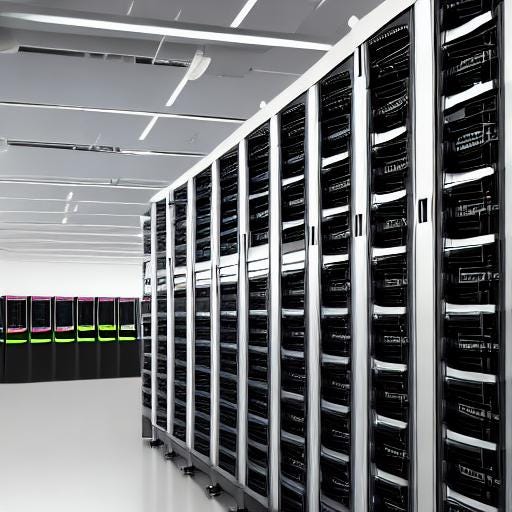Introduction to Virtualization Technology
A short series where we take a closer look at virtualization and especially containerization and what impact it has had on the computing industry in general.
Virtualization technology has revolutionized the landscape of modern computing by reshaping how organizations deploy and manage their information technology (IT) infrastructure. The concept of virtualization entails creating virtual instances of computing resources on a single and/or multiple physical server(s), offering a versatile and efficient solution for enterprises seeking to optimize their operations.
By abstracting physical resources into virtual environments, virtualization technology empowers businesses to achieve higher levels of agility, scalability, and resource utilization than ever before.
Server virtualization stands as a flagship application of this technology, enabling multiple virtual servers to coexist on a single physical machine. Through the use of hypervisors, such as VMware ESXi, Microsoft Hyper-V, or KVM, organizations can partition a physical server into multiple isolated virtual machines, each running its own operating system and applications. This consolidation of workloads onto fewer physical servers not only reduces hardware costs but also streamlines resource allocation and management, ultimately leading to enhanced operational efficiency.
Desktop virtualization presents another facet of virtualization technology, catering to the evolving needs of a mobile and distributed workforce. By centralizing desktop environments in data centers and delivering them to end-users over the network, organizations can provide employees with secure access to their virtual desktops from any device, anywhere. This approach not only simplifies desktop management but also enhances flexibility, productivity, and security in today's dynamic work environments.
Network virtualization represents a further advancement in virtualization technology, enabling the abstraction of network resources to create virtual networks within physical infrastructures. By decoupling network services from underlying hardware, organizations can achieve greater agility and scalability in network management. Software-defined networking (SDN) solutions, such as Cisco ACI or VMware NSX, provide centralized control and programmability, allowing administrators to dynamically provision and manage network services to meet changing business requirements.
Storage virtualization rounds out the spectrum of virtualization technologies, offering a unified approach to managing storage resources across heterogeneous storage platforms. Storage virtualization abstracts physical storage devices into a single pool of storage capacity, simplifying (this can of course be discussed, but in the end all comes down to experience and knowledge of the administrators) storage management, improving data availability, and enabling features such as snapshots, replication, and thin provisioning. Storage virtualization solutions, such as EMC ViPR or IBM Spectrum Virtualize, facilitate data mobility, tiering, and disaster recovery while optimizing storage utilization and performance. Another well known, but often, not mentioned while discussing storage virtualization technology is RAID. RAID (“redundant array of inexpensive disks” or “redundant array of independent disks”) is a data storage virtualization technology that combines multiple physical disk drive components into one or more logical units for the purposes of data redundancy, performance improvement, or both.
In addition to optimizing resource utilization and cost savings, virtualization technology promotes workload mobility, energy efficiency, and enhanced security within IT environments. The ability to migrate virtual machines seamlessly between physical servers enables dynamic resource allocation and efficient load balancing. Consolidating workloads onto fewer physical servers reduces power consumption and maximise computing power, contributing to environmental sustainability. The isolation and encapsulation provided by virtualization technology can enhance security posture, help preventing the spread of malware and control unauthorized access between virtual machines. All of this is, of course, also possible in a non-virtualised environments but it’s usually easier to handle in virtualised environments due to the fact that virtualised environments are easier to manage in general.
By embracing virtualization technology across servers, desktops, networks, and storage, organizations can unlock new levels of efficiency, scalability, and flexibility in their IT infrastructure. The next frontier lies in harnessing advanced virtualization techniques and best practices to maximize performance, security, and manageability in virtualized environments. Through ongoing innovation and adoption of virtualization technologies, businesses can stay competitive, agile, and resilient in an increasingly digital world. Now you might think, what about containerization? Exactly, in the next post we will start exploring the fascinating world of containerization technologies and their growing significance in the realm of modern computing.


